Teres Audio Verus Turntable Motor

DarqueKnight
Posts: 6,765
Introduction
I recently evaluated Teres' Verus motor against the Signature III DC motor that came with my Teres 255 turntable. The consumer reviews of this motor have been mostly positive, although I could not find a report from a 255 owner with my exact setup: lead-loaded acrylic platter, Signature III motor, and mylar tape drive belt. I also replaced the stock Teres wood reflex clamp with a higher performing esoteric design that is no longer in production.:)
Teres has discontinued the use of acrylic platters. They now offer only two types of platters: a solid black composite material and hardwood.
From the Teresaudio.com website:
"Verus introduces a simple and effective drive methodology we call Direct Coupling. Direct Coupling utilizes a large diameter pulley, an o-ring and gravity to directly couple the motor to the platter eliminating the degradations introduced by belts and idler wheels.
The Verus motor supercedes our Reference motor and is now the standard motor for all 200 series Teres turntables."
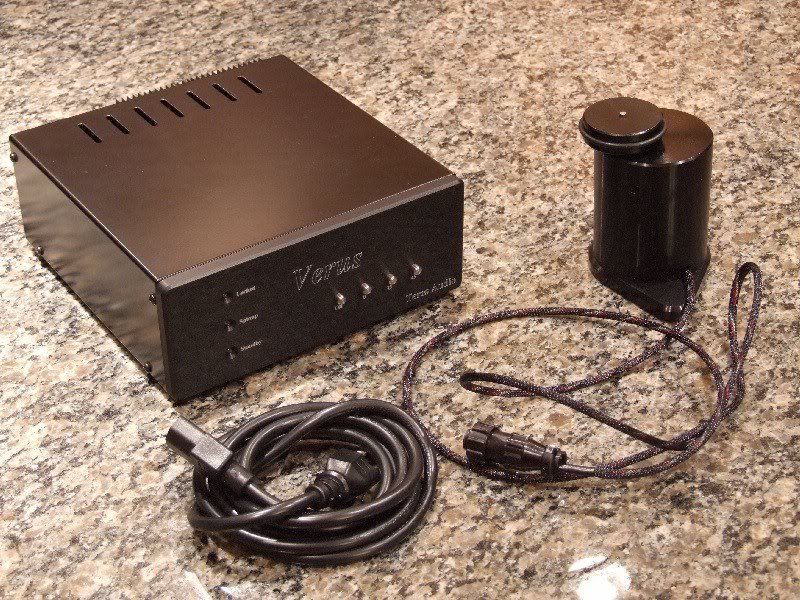
Figure 1. The Verus motor system consists of a controller unit, IEC power cord, and motor pod.
Verus Construction
It is evident that some serious design and construction effort went into the Verus. The $1,690 (+ $20 shipping) price appears to be justified. Teres is accepting trade-ins of Signature III motors for a generous credit. The Verus' controller and motor pod are encased in black anodized aluminum enclosures. The controller has a 1/4" thick milled aluminum faceplate. The thinner aluminum case top rings when tapped with a finger, therefore I advise the application of some vibration abatement material like Dynamat Xtreme to the case top and sides. The motor pod base is available in either black metal or wood to match the turntable. The controller box measures 8.5" W x 9.75" D x 3.5" H.
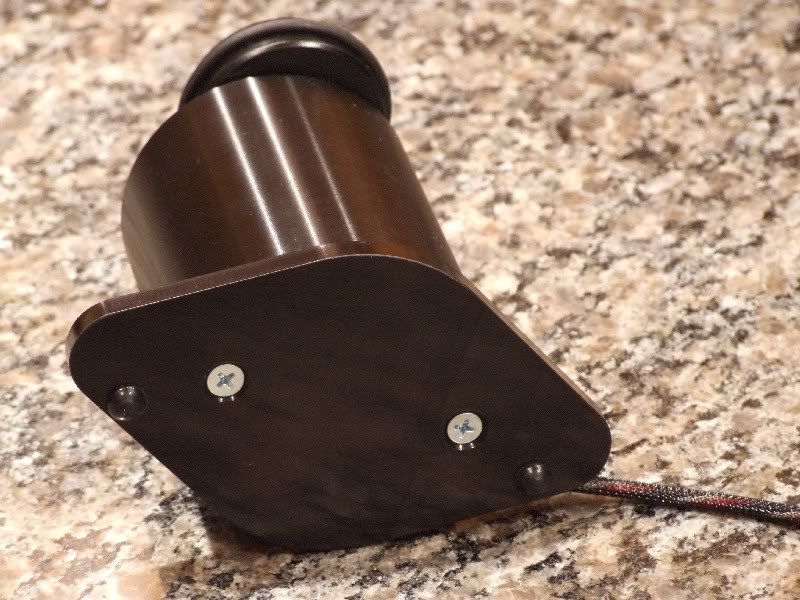
Figure 2. Bottom of Verus motor. The motor rests on two rubber bumper pads and simply
leans against the platter.
Contact between the driving pulley and platter is made via a rubber o-ring. In order to prevent the formation of flat spots on the o-ring from continuous contact with a non-rotating platter, the motor can simply be leaned away from the platter when not in use.
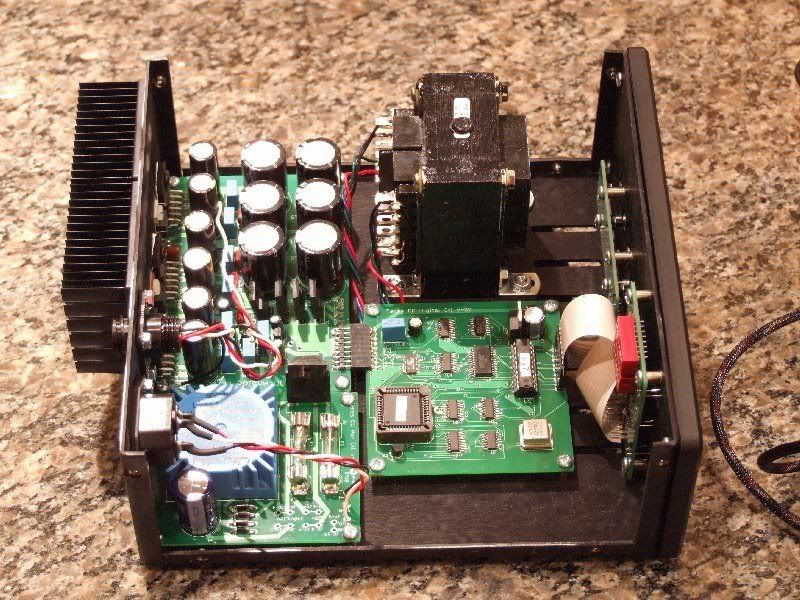
Figure 3. There is a lot of stuff inside that little black box.
The Sound
The Verus motor was set up as shown in figure 4. I alternated between the Verus and Signature III motors when playing tracks from these LP's:
"Another Time, Another Place", Dan Siegel, 1984.
"Backstreet", David Sanborn, 1983.
"Skydance", Rodney Franklin, 1985.
"Back Home", Dennis Coffey, 1977.
"Touchdown", Bob James, 1978.
"Time Out", Dave Brubeck Quartet, 2008 180 gram version.
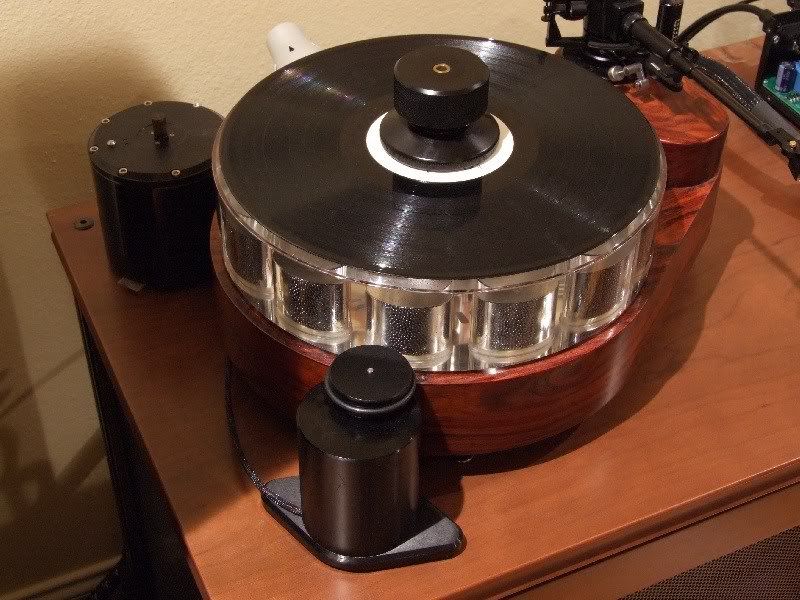
Figure 4. Verus and Signature III evaluation setup.
In every case, there was an apparent lowering of sound level with the Verus motor. This was indicative of an increased noise floor. I did not hear the elevated rumble that some Verus users have complained of. I did experience an overall loss of detail, particularly in the bass.
I moved the Verus to various positions on the left side of the platter, but it made no difference in the sound. I mentioned in this thread that the sound of the 180 gram LP version of "Take Five" was sonically identical to the SACD version. I again compared the LP and SACD of Take Five using the Verus and Signature III motors. As before, the LP and SACD sounded identical with the Signature III motor. The LP sounded lower in sound level and less detailed than the SACD with the Verus motor. Another thing I noticed during the LP/SACD comparison was that the LP ran a bit slower than the SACD with the Verus motor. When doing the LP/SACD comparison, the LP and CD were cued to the same point and I switched back and forth between inputs. With the Verus motor, the LP began to lag slightly behind the SACD after about two minutes. With the Signature III motor, the LP remained in lockstep with the SACD . The speeds of both motors were checked with a VPI strobe disk and were found to be in spec. Apparently, the Verus motor slowed down a bit under load. According to Teres, the Verus has been tested with platters weighing between 14 and 70 pounds and found to be effective. According to Teres:
"The performance jump vs. belt drive is inversely proportional to the weight of the platter. Lighter platters have less rotational inertia, so they benefit most.
The Verus motor does show greater improvement (compared to our belt drive) when coupled with a light platter. But there is no evidence that using a heavy platter with a Verus motor is detrimental. We have used the Verus motor with platters up to 70 pounds and, as with our belt drive motors, have consistently preferred the heavier platters. What we have found is that, with the Verus motor, platter mass seems to be less important. For example we recently did some comparisons between a 14 pound solid acrylic platter and a 27 pound lead/acrylic platter. With the Verus motor, the difference between the platters was about half of the difference heard with a belt drive Signature motor."
The lead-filled acrylic platter of my Model 255 turntable weighs 27 pounds. Just for warm fuzzies, I substituted a Signal Cable MagicPower cord for the Verus' generic IEC power cord. I heard no difference or improvement.
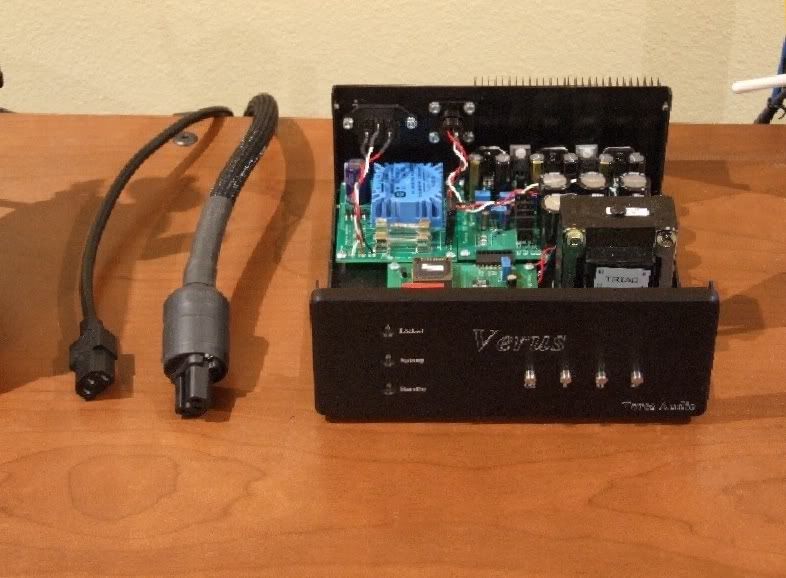
Figure 5. Verus stock (left) and MagicPower cords.
Conclusion
I was only able to find one Verus user who had a turntable setup somewhat similar to mine. That user posted rave reviews on Audio Asylum here and here. He has the same Model 255 turntable with lead weighted acrylic platter that I have, but his tonearm, cartridge, motor, and belt are different from mine. His cartridge, the Ortofon Jubilee, is the model immediately below my Ortofon MC Windfeld. His Teres Signature II motor is the model that immediately preceded my Signature III motor. Since he does not mention an aftermarket turntable clamp in his equipment list, I assume he is using the stock screw-on Teres steel and delrin clamp. My 255 came with the upgrade Teres hardwood reflex clamp. I also found another favorable review of the Verus motor from a Teres 255 owner who's setup is very dissimilar from mine here. Teres 255 owners might be able to infer some useful guidance from my report and the two Audio Asylum reports if they are considering the Verus motor.
I found 17 online reviews of the Verus motor. Sixteen were from consumers and one was an audio press review. Of the 17 reviews, 11 were positive and 7 were negative. Three of the reviews were by owners of non-Teres turntables. Of those, 2 were positive and one was negative.
It did not occur to me until I started to write this report (and after the Verus had been returned) that I should have evaluated the Verus and Signature motors with the Teres hardwood reflex clamp and the Sonic Purity Concepts and Design clamp that I now use. The SPCD clamp was a significant improvement over the Teres clamp in overall detail, bass definition, and lowering of the noise floor. The use of the Teres clamp did not occur to me since it has been out of sight and out of mind since acquiring the SPCD clamp in May of 2007. However, its use during this evaluation would have provided more meaningful results to Teres users who use the hardwood reflex clamp.
Unfortunately, I fell into the number of vinylists for whom the Verus motor was incompatible with my analog setup. Fortunately, Teres has a no-hassle return policy:
"We have a no time limit full refund policy so trying out a Verus motor is a low risk proposition. We are encouraging Teres customers to keep their existing motor for a week or two so that they can do side by side comparisons."

My 255 found out that it actually sounded better with the drive system it was designed for.
Associated Equipment
Pass Laboratories X0.2 Preamplifier
Pass Laboratories Xono Phono Preamplifier
Parasound Halo JC 1 Monoblock Amplifiers
Teres Audio Model 255 Turntable
Ortofon MC Windfeld Cartridge
Graham Phantom B-44 Tonearm
Cary Audio CD 306 SACD Player
Polk Audio SDA SRS 1.2TL True Stereo Loudspeakers
Audioquest LeoPard and Sky XLR Interconnects
Audioquest Everest Speaker Cables
PS Audio Power Plant Premier Power Regenerator For Source Components
Three Dedicated AC 20 Amp Outlets Terminated By PS Audio Power Port Premier AC Receptacles

The monoliths are happy about the way things turned
out because they think it means more money for amp
upgrades.
 DK is not a real vinyl enthusiast, he just plays one on the Internet.
DK is not a real vinyl enthusiast, he just plays one on the Internet.
I recently evaluated Teres' Verus motor against the Signature III DC motor that came with my Teres 255 turntable. The consumer reviews of this motor have been mostly positive, although I could not find a report from a 255 owner with my exact setup: lead-loaded acrylic platter, Signature III motor, and mylar tape drive belt. I also replaced the stock Teres wood reflex clamp with a higher performing esoteric design that is no longer in production.:)
Teres has discontinued the use of acrylic platters. They now offer only two types of platters: a solid black composite material and hardwood.
From the Teresaudio.com website:
"Verus introduces a simple and effective drive methodology we call Direct Coupling. Direct Coupling utilizes a large diameter pulley, an o-ring and gravity to directly couple the motor to the platter eliminating the degradations introduced by belts and idler wheels.
The Verus motor supercedes our Reference motor and is now the standard motor for all 200 series Teres turntables."

Figure 1. The Verus motor system consists of a controller unit, IEC power cord, and motor pod.
Verus Construction
It is evident that some serious design and construction effort went into the Verus. The $1,690 (+ $20 shipping) price appears to be justified. Teres is accepting trade-ins of Signature III motors for a generous credit. The Verus' controller and motor pod are encased in black anodized aluminum enclosures. The controller has a 1/4" thick milled aluminum faceplate. The thinner aluminum case top rings when tapped with a finger, therefore I advise the application of some vibration abatement material like Dynamat Xtreme to the case top and sides. The motor pod base is available in either black metal or wood to match the turntable. The controller box measures 8.5" W x 9.75" D x 3.5" H.

Figure 2. Bottom of Verus motor. The motor rests on two rubber bumper pads and simply
leans against the platter.
Contact between the driving pulley and platter is made via a rubber o-ring. In order to prevent the formation of flat spots on the o-ring from continuous contact with a non-rotating platter, the motor can simply be leaned away from the platter when not in use.

Figure 3. There is a lot of stuff inside that little black box.
The Sound
The Verus motor was set up as shown in figure 4. I alternated between the Verus and Signature III motors when playing tracks from these LP's:
"Another Time, Another Place", Dan Siegel, 1984.
"Backstreet", David Sanborn, 1983.
"Skydance", Rodney Franklin, 1985.
"Back Home", Dennis Coffey, 1977.
"Touchdown", Bob James, 1978.
"Time Out", Dave Brubeck Quartet, 2008 180 gram version.

Figure 4. Verus and Signature III evaluation setup.
In every case, there was an apparent lowering of sound level with the Verus motor. This was indicative of an increased noise floor. I did not hear the elevated rumble that some Verus users have complained of. I did experience an overall loss of detail, particularly in the bass.
I moved the Verus to various positions on the left side of the platter, but it made no difference in the sound. I mentioned in this thread that the sound of the 180 gram LP version of "Take Five" was sonically identical to the SACD version. I again compared the LP and SACD of Take Five using the Verus and Signature III motors. As before, the LP and SACD sounded identical with the Signature III motor. The LP sounded lower in sound level and less detailed than the SACD with the Verus motor. Another thing I noticed during the LP/SACD comparison was that the LP ran a bit slower than the SACD with the Verus motor. When doing the LP/SACD comparison, the LP and CD were cued to the same point and I switched back and forth between inputs. With the Verus motor, the LP began to lag slightly behind the SACD after about two minutes. With the Signature III motor, the LP remained in lockstep with the SACD . The speeds of both motors were checked with a VPI strobe disk and were found to be in spec. Apparently, the Verus motor slowed down a bit under load. According to Teres, the Verus has been tested with platters weighing between 14 and 70 pounds and found to be effective. According to Teres:
"The performance jump vs. belt drive is inversely proportional to the weight of the platter. Lighter platters have less rotational inertia, so they benefit most.
The Verus motor does show greater improvement (compared to our belt drive) when coupled with a light platter. But there is no evidence that using a heavy platter with a Verus motor is detrimental. We have used the Verus motor with platters up to 70 pounds and, as with our belt drive motors, have consistently preferred the heavier platters. What we have found is that, with the Verus motor, platter mass seems to be less important. For example we recently did some comparisons between a 14 pound solid acrylic platter and a 27 pound lead/acrylic platter. With the Verus motor, the difference between the platters was about half of the difference heard with a belt drive Signature motor."
The lead-filled acrylic platter of my Model 255 turntable weighs 27 pounds. Just for warm fuzzies, I substituted a Signal Cable MagicPower cord for the Verus' generic IEC power cord. I heard no difference or improvement.

Figure 5. Verus stock (left) and MagicPower cords.
Conclusion
I was only able to find one Verus user who had a turntable setup somewhat similar to mine. That user posted rave reviews on Audio Asylum here and here. He has the same Model 255 turntable with lead weighted acrylic platter that I have, but his tonearm, cartridge, motor, and belt are different from mine. His cartridge, the Ortofon Jubilee, is the model immediately below my Ortofon MC Windfeld. His Teres Signature II motor is the model that immediately preceded my Signature III motor. Since he does not mention an aftermarket turntable clamp in his equipment list, I assume he is using the stock screw-on Teres steel and delrin clamp. My 255 came with the upgrade Teres hardwood reflex clamp. I also found another favorable review of the Verus motor from a Teres 255 owner who's setup is very dissimilar from mine here. Teres 255 owners might be able to infer some useful guidance from my report and the two Audio Asylum reports if they are considering the Verus motor.
I found 17 online reviews of the Verus motor. Sixteen were from consumers and one was an audio press review. Of the 17 reviews, 11 were positive and 7 were negative. Three of the reviews were by owners of non-Teres turntables. Of those, 2 were positive and one was negative.
It did not occur to me until I started to write this report (and after the Verus had been returned) that I should have evaluated the Verus and Signature motors with the Teres hardwood reflex clamp and the Sonic Purity Concepts and Design clamp that I now use. The SPCD clamp was a significant improvement over the Teres clamp in overall detail, bass definition, and lowering of the noise floor. The use of the Teres clamp did not occur to me since it has been out of sight and out of mind since acquiring the SPCD clamp in May of 2007. However, its use during this evaluation would have provided more meaningful results to Teres users who use the hardwood reflex clamp.
Unfortunately, I fell into the number of vinylists for whom the Verus motor was incompatible with my analog setup. Fortunately, Teres has a no-hassle return policy:
"We have a no time limit full refund policy so trying out a Verus motor is a low risk proposition. We are encouraging Teres customers to keep their existing motor for a week or two so that they can do side by side comparisons."

My 255 found out that it actually sounded better with the drive system it was designed for.
Associated Equipment
Pass Laboratories X0.2 Preamplifier
Pass Laboratories Xono Phono Preamplifier
Parasound Halo JC 1 Monoblock Amplifiers
Teres Audio Model 255 Turntable
Ortofon MC Windfeld Cartridge
Graham Phantom B-44 Tonearm
Cary Audio CD 306 SACD Player
Polk Audio SDA SRS 1.2TL True Stereo Loudspeakers
Audioquest LeoPard and Sky XLR Interconnects
Audioquest Everest Speaker Cables
PS Audio Power Plant Premier Power Regenerator For Source Components
Three Dedicated AC 20 Amp Outlets Terminated By PS Audio Power Port Premier AC Receptacles

The monoliths are happy about the way things turned
out because they think it means more money for amp
upgrades.
 DK is not a real vinyl enthusiast, he just plays one on the Internet.
DK is not a real vinyl enthusiast, he just plays one on the Internet. Proud and loyal citizen of the Digital Domain and Solid State Country!
Post edited by DarqueKnight on
Comments
-
Very interesting box. I know a lot of AC motor TT's use a signal generator, and amplifier circuit to control speed. I am assuming that is an AC motor? I have thought of building something myself. No Belt change for different speeds, and a clean consistent AC output.
BenPlease. Please contact me a ben62670 @ yahoo.com. Make sure to include who you are, and you are from Polk so I don't delete your email. Also I am now physically unable to work on any projects. If you need help let these guys know. There are many people who will help if you let them know where you are.
Thanks
Ben -
Verus uses an AC motor.Proud and loyal citizen of the Digital Domain and Solid State Country!
-
I think the prices are off on the website?Please. Please contact me a ben62670 @ yahoo.com. Make sure to include who you are, and you are from Polk so I don't delete your email. Also I am now physically unable to work on any projects. If you need help let these guys know. There are many people who will help if you let them know where you are.
Thanks
Ben -
Nice writeup. Motors can make a difference with consistency of speed, lack of step noise and exactness of speed. I'm surprised we haven't seen tons of other solutions such as compressor powered, wind up, liquid flowing solutions, suspended weights etc. Who knows, a steam driven or CO2 based engine??Vinyl, the final frontier...
Avantgarde horns, 300b tubes, thats the kinda crap I want...
-
I love the suspended weights idea:)Please. Please contact me a ben62670 @ yahoo.com. Make sure to include who you are, and you are from Polk so I don't delete your email. Also I am now physically unable to work on any projects. If you need help let these guys know. There are many people who will help if you let them know where you are.
Thanks
Ben -
Did you use audiophile lead shot in the TT platter? You know if the size of the lead shot varies at all each of those cylinders that are loaded with shot will be a slightly different weight and mass and introduce an in-balance that will result in your high end audio fanatic status being revoked :eek:
Fantastic looking TT by the way!DKG999
HT System: LSi9, LSiCx2, LSiFX, LSi7, SVS 20-39 PC+, B&K 507.s2 AVR, B&K Ref 125.2, Tripplite LCR-2400, Cambridge 650BD, Signal Cable PC/SC, BJC IC, Samsung 55" LED
Music System: Magnepan 1.6QR, SVS SB12+, ARC pre, Parasound HCA1500 vertically bi-amped, Jolida CDP, Pro-Ject RM5.1SE TT, Pro-Ject TubeBox SE phono pre, SBT, PS Audio DLIII DAC -
Good point. The shot should consist of as many variable sizes as possible to reduce harmonic resignations that would occur with one size of shot:D Just kidding. Lead is dead which is a good thing;) I couldn't have that TT myself. There would be drool stains all over it:)Please. Please contact me a ben62670 @ yahoo.com. Make sure to include who you are, and you are from Polk so I don't delete your email. Also I am now physically unable to work on any projects. If you need help let these guys know. There are many people who will help if you let them know where you are.
Thanks
Ben -
Nice write up Doc.
-
Very nice write up.
I am pretty confident that I will never encounter any of these issues.:rolleyes:I like speakers that are bigger than a small refrigerator but smaller than a big refrigerator:D

